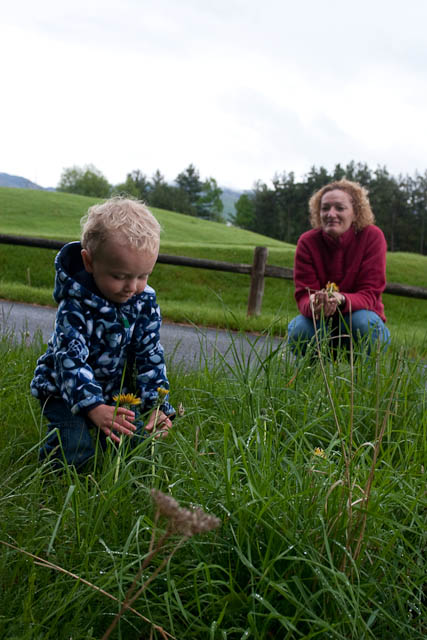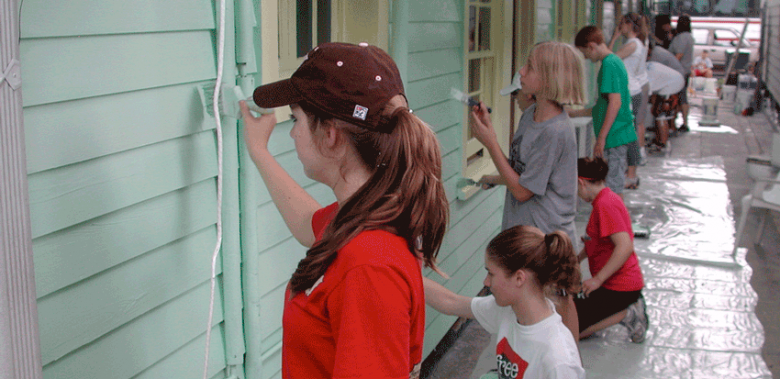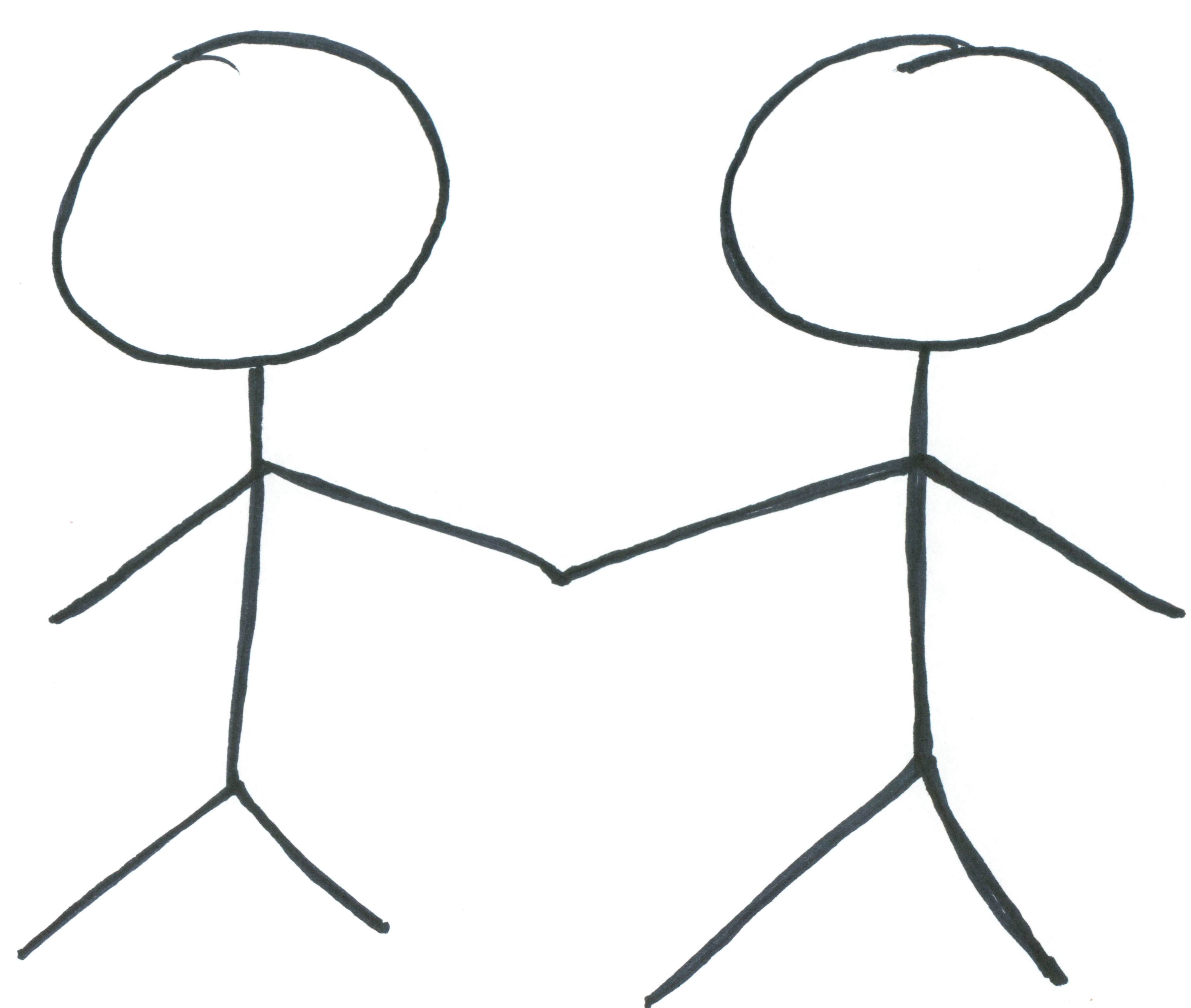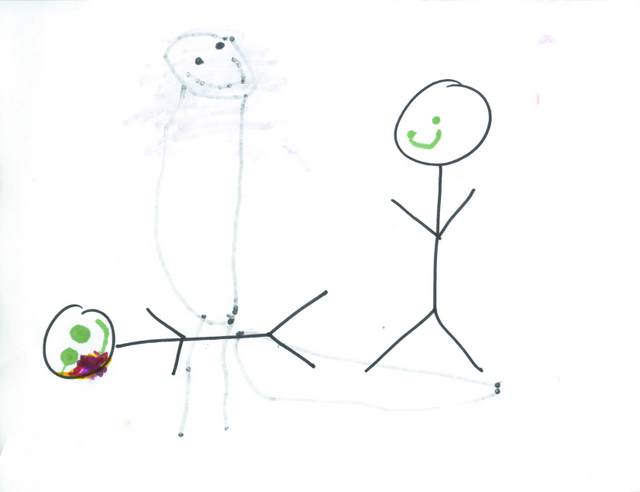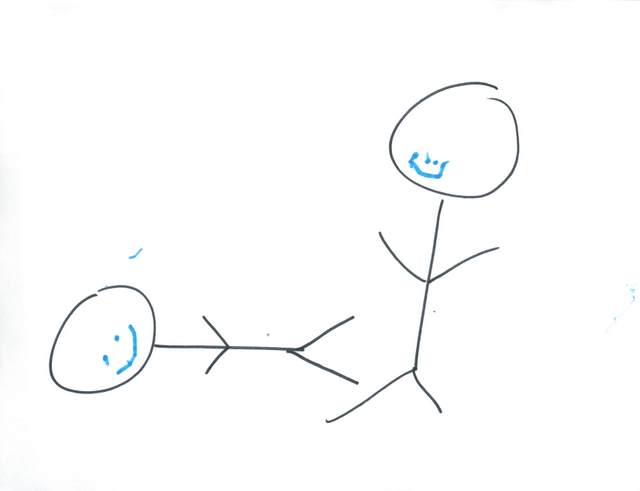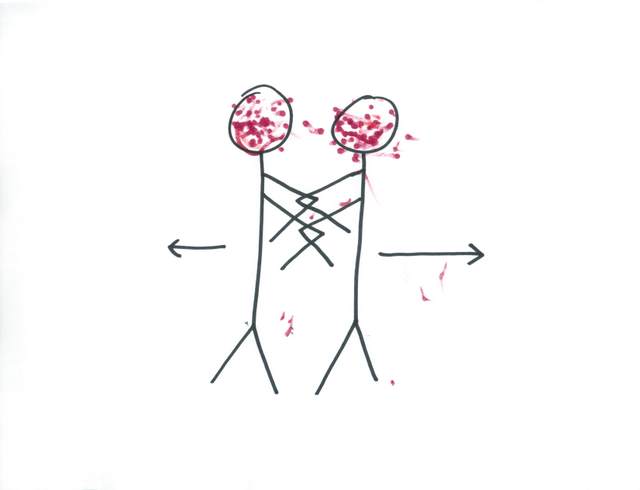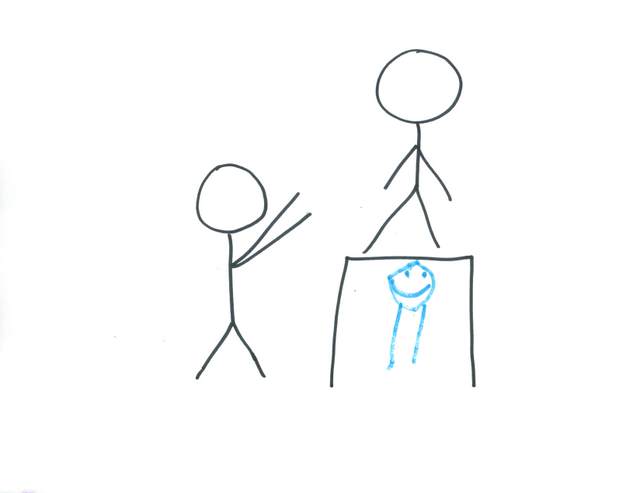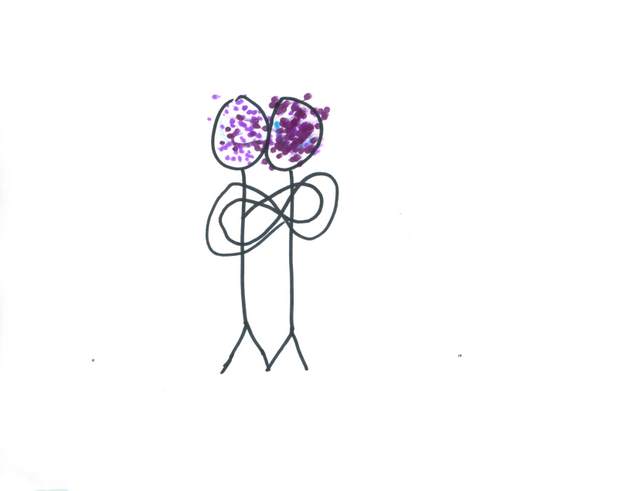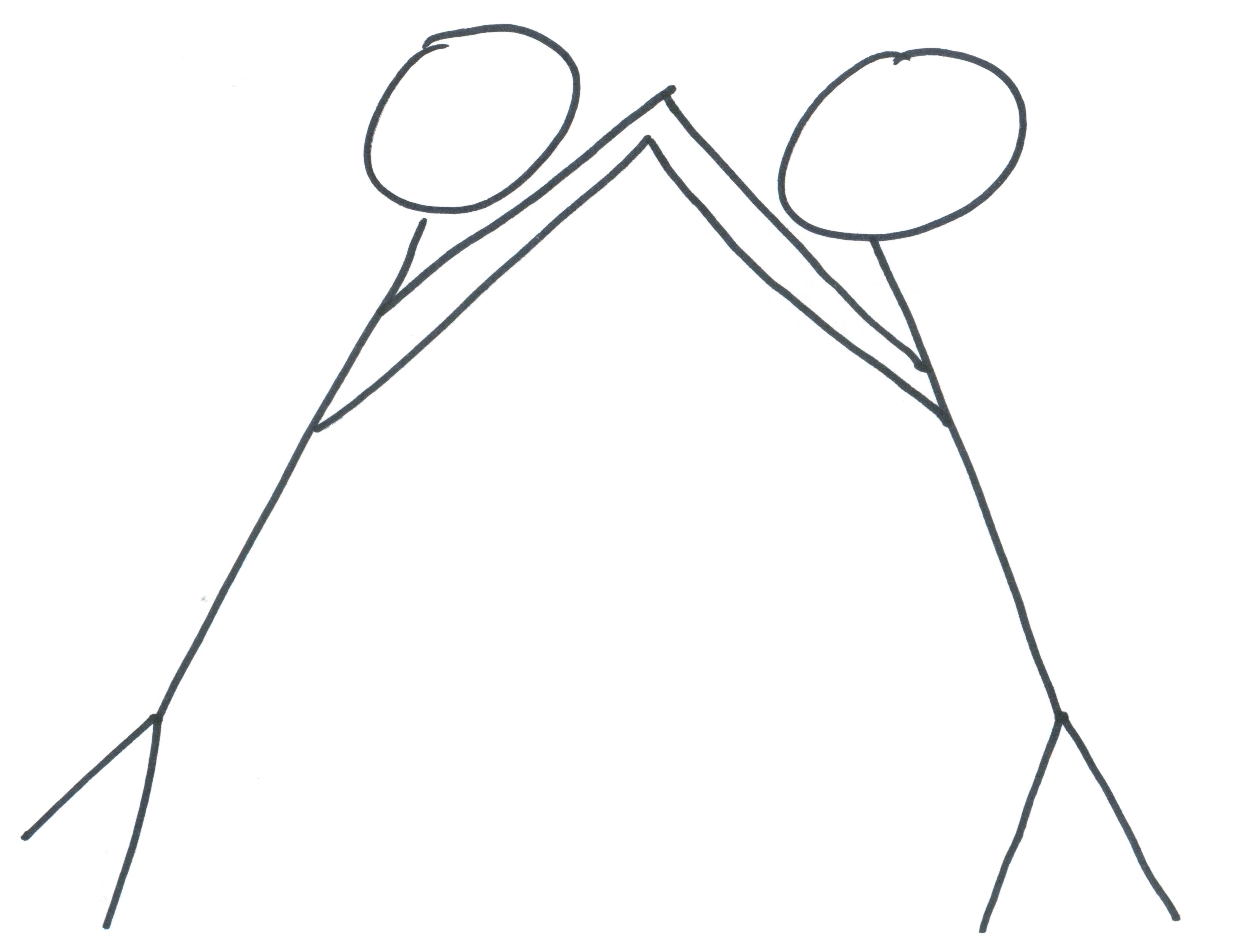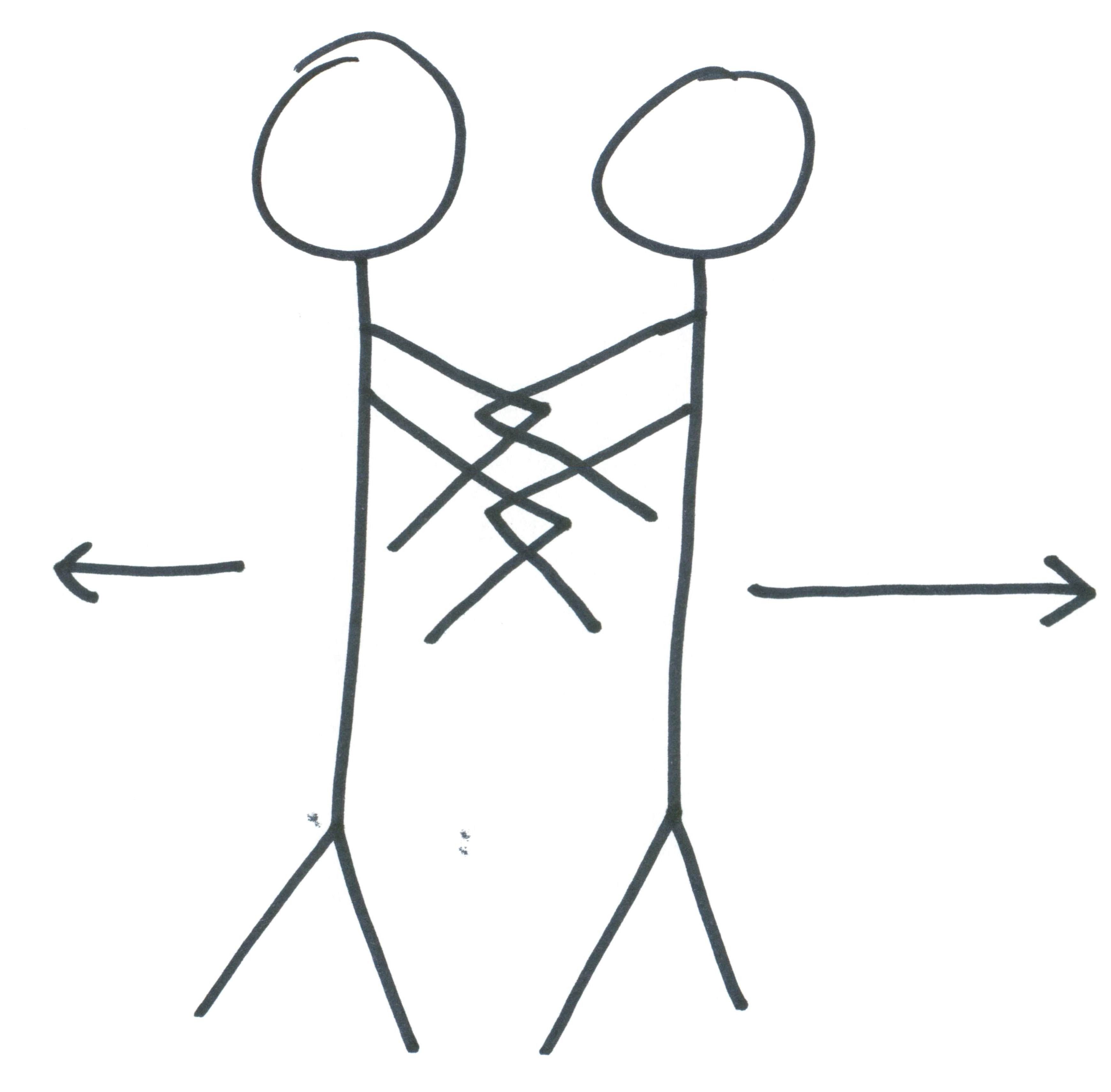Let’s Talk About Sex
If you have been following along in the series of posts I have offered on Love and Relationships, now is the time on Sprockets when we talk about sex.
As a Catholic high school teacher (and now as a contributing author and editor to a Catholic high school textbook series), I frequently have the opportunity to discuss sexual morality with teens. I approach this opportunity as a privilege, and I am confident that I teach it well. Part and parcel to my self-understanding here is that I refuse to discuss the topic without spending time on what love is and what love is not. Moreover, I refuse to discuss the topic of Catholic sexual morality as a set of rules.
When I teach about sexual morality to teens, I emphasize the importance of understanding what the Church teaches and why. Because it is only then that a person can decide whether or not they agree. It is not my role to dictate behavior and dole out judgment, nor do I need everyone to agree with what I teach. I ask only that they understand.
A Christian discussion of sex begins with human dignity.
As Christians, we have a vision of what it means to be human; the fancy theological name for this is Christian Anthropology. We were created in the image and likeness of God, which gives us each a unique specialness. In all we say and all we do, we are called to respect this inherent human dignity in ourselves and others.
In creating us and designing our way of being with each other, God has a vision for what is supposed to be expressed and experienced in sex, and God’s vision is phenomenal.
Christians believe that God intended for the sexual aspects of our bodies to be a way for two people to say: “We love each other enough to become one.”
You’ve heard the phrase from Genesis 2:4, “two become one.” We know that is what physically happens in sexual intercourse, but we’re selling ourselves short if we think that’s all that happens.
The Catholic Theology of the Body sees sexual intercourse as God’s way of letting two people signify that they have become one – physically, emotionally, and spiritually. It is as if we are saying:
I love you so much that I give my whole self – body, mind, and soul – to you completely, without any reservation.
This complete union involves a total gift of self – mutually given and received in all four senses of love (agape, philia, storge, and eros).
This intense message is communicated with the body, in the body, through the body – it’s a bodily language. The body was designed by God to be truthful. Look at our bodily reactions, like sweating when we’re nervous. Have you ever tried to suppress laughter when you find something hysterically funny? Think about how lie detectors work. When we lie and when we laugh, the body reacts!
In honestly and truthfulness, think about who you trust with your deepest, darkest secrets. In fact, what would it take for you to open yourself up to someone and be totally vulnerable – like emotionally naked – with your whole life? In God’s design and vision, through sex, the body communicates that two people become one physically, emotionally, and spiritually, with exactly that level of vulnerability and openness. What does it take to get there? It takes the reliability and trustworthiness of the solid commitment of marriage.
In reality, we know that there are multiple “levels of commitment.” To facilitate this part of the conversation, I have identified what I like to call:
“Ms. Dienno’s Levels of Commitment”
- Just Friends – both people enjoy each other’s company, but there is no “relationship claims.” The idea of “Friends with Benefits” would fall in this category, because although physical activity is implied, there is no commitment
- Casually Dating indicates that a very low level of commitment exists. Often referred to as seeing or talkin’ to each other, this sometimes reflects the initial stages of a potential relationship. However, low-level of commitment means that the relationship is not necessarily exclusive.
- Exclusively Dating indicates official “couplehood,” where both can expect to be romantically involved only with each other. Interestingly, this level requires both parties to have a (sometimes uncomfortable) relationship defining conversation. Seeing (or talkin’ to) anyone else is clearly understood as cheating.
- Serious Relationship refers to couples who have “been together forever” to the extent that it would not be surprising for their families to find out that they are intending marriage; in fact, this level includes the period of engagement.
- Marriage is the deepest, most serious commitment. A commitment which is to last a lifetime.

Now take the “Meaning of Sex” sentence and apply that to the “Levels of Commitment.”
Sex is a bodily gift of one’s very self, involving as much emotional nakedness as physical. Tremendous openness and vulnerability are needed to be able to truthfully express the Meaning of Sex sentence (I love you so much that I give my whole self—body, mind, and soul—to you completely, without any reservation). When both husband and wife give themselves to each other without reservation, it is a wonderful, beautiful, incredible act of intimacy, and it feels great.
Certainly, two people need to love each other—with agape, philia, eros, and storge—for the complete gift of self in sex to be truthful. However, without the reliability and permanence of the commitment of marriage, the body knows that it cannot completely, freely give itself. In sex outside of marriage, the body does, in fact, have reservations – particularly when it comes to vulnerability.
Any Christian teaching on sexual morality would need to extend from this holistic vision of truthfulness and love, of respect for one’s own and another’s human dignity.
Whether it comes to the bodily experience of sex in your own marriage or teaching your children about sex, my greatest hope is that we honor this beautiful vision.



